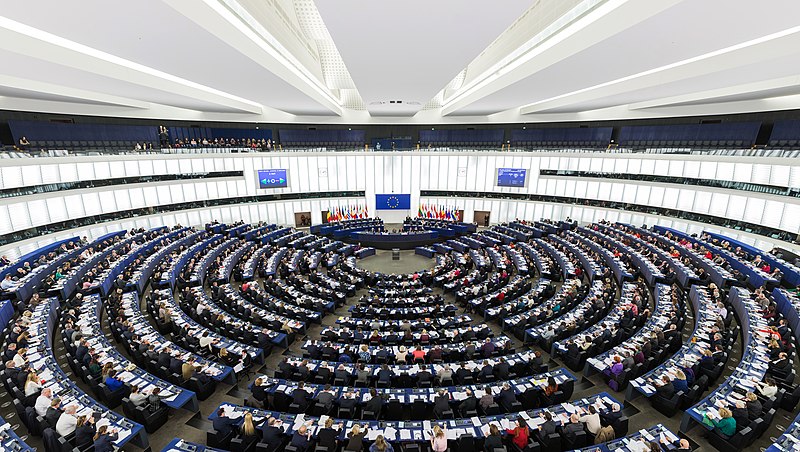
Joining the Common Market
After World War 2, Britain took a long time to recover ~ rationing, for example, lasted until 1954. At the time that British Prime Ministers first had talks with European leaders about joining the ‘Common Market’ ~ the European Economic Community (EEC) ~ there were industrial strikes, power cuts, inflation and the Cold War. These talks, in the 1960s, were unsuccessful.
However, Prime Minister Edward Heath (1916-2005) eventually signed on the dotted line in 1972 and Britain joined the EEC on 1st January 1973. It is claimed that this was unconstitutional, since the people had not been consulted and Heath knew that it was planned for the EEC to become a political union, not simply a customs agreement. In 1975 Prime Minister Harold Wilson (1916-95) made amends and held a referendum asking whether people wanted to “stay” in the EEC, to which they voted ‘yes’. There were just nine western European members at that time.
In 1993 the EEC became the European Community (EC) when it widened its scope beyond the economic. In 2009 the EC became the European Union (EU) and it grew to twenty-eight members. Seven years later, the British public voted in a referendum to leave the EU and regain independence.
(Image: David Iliff at Wikimedia Commons / CC BY-SA 3.0)
